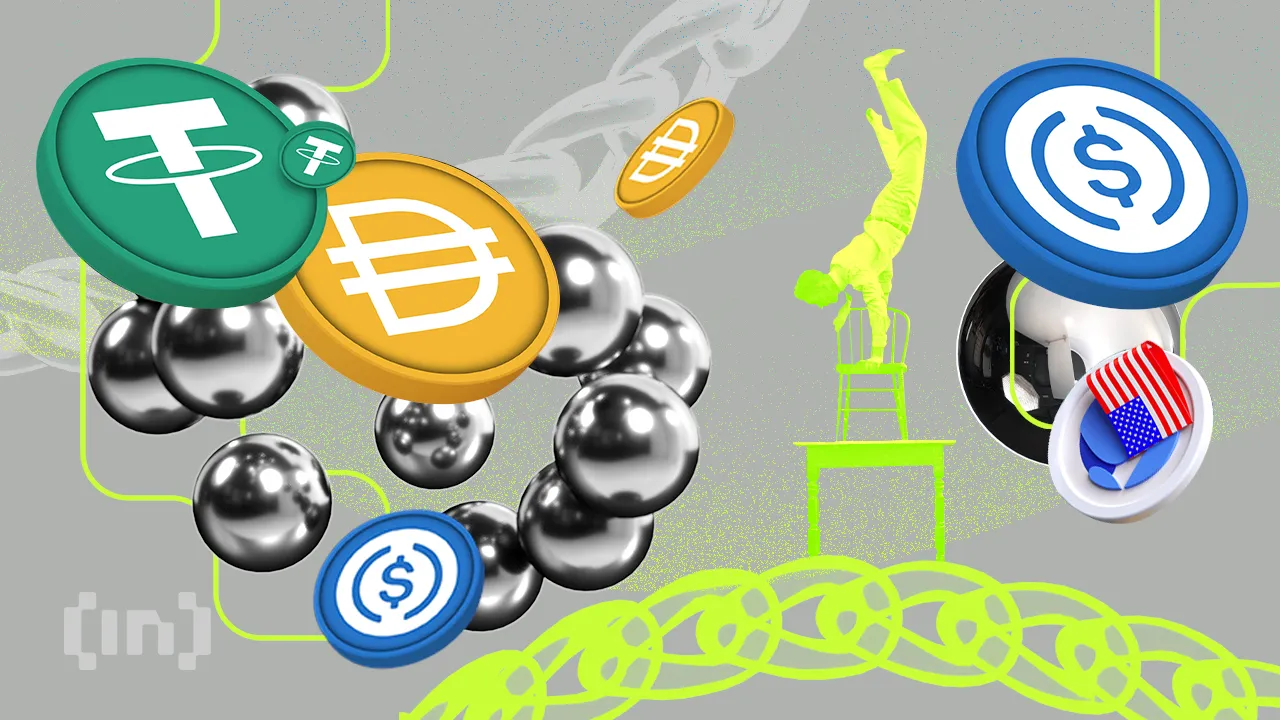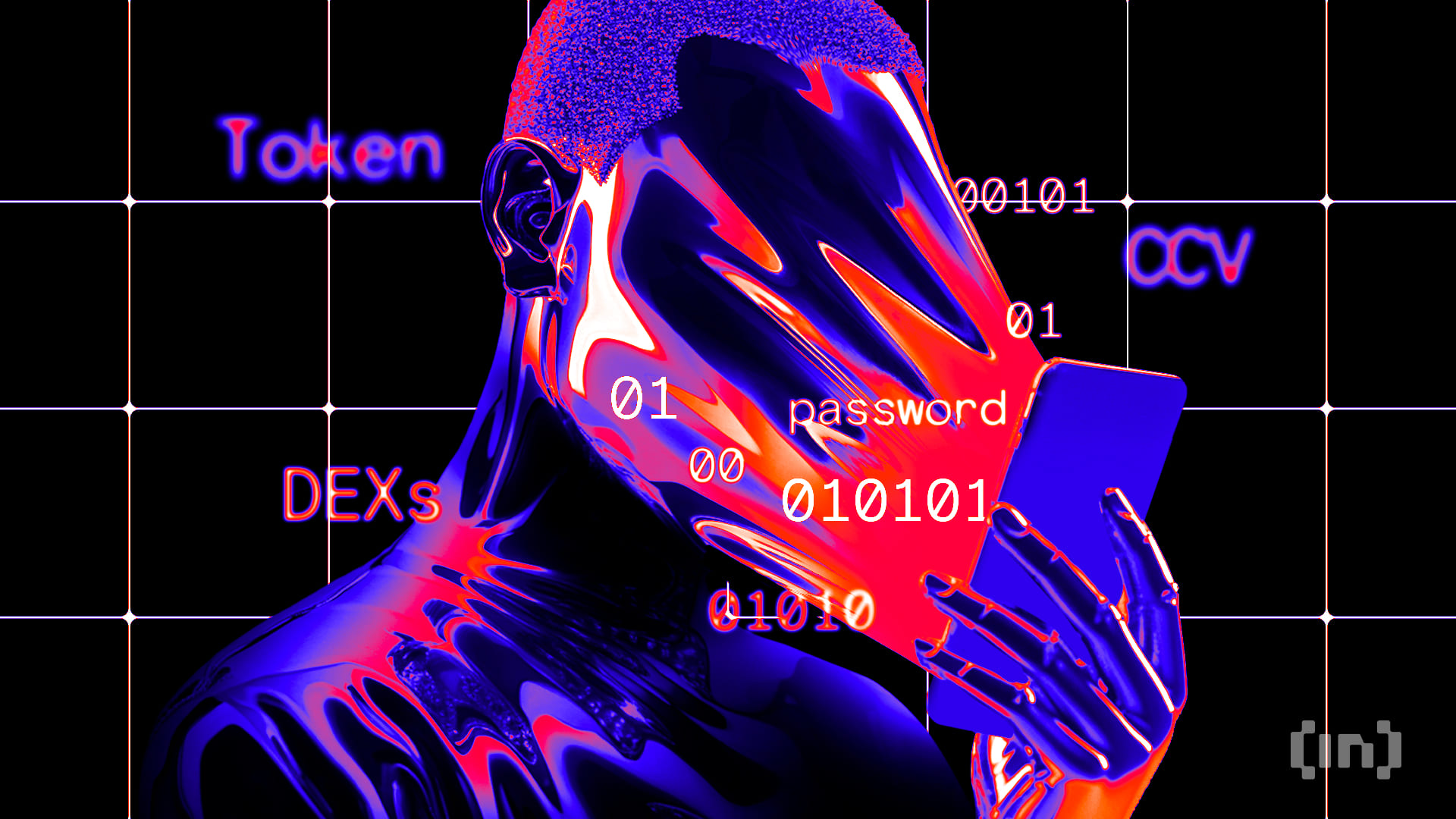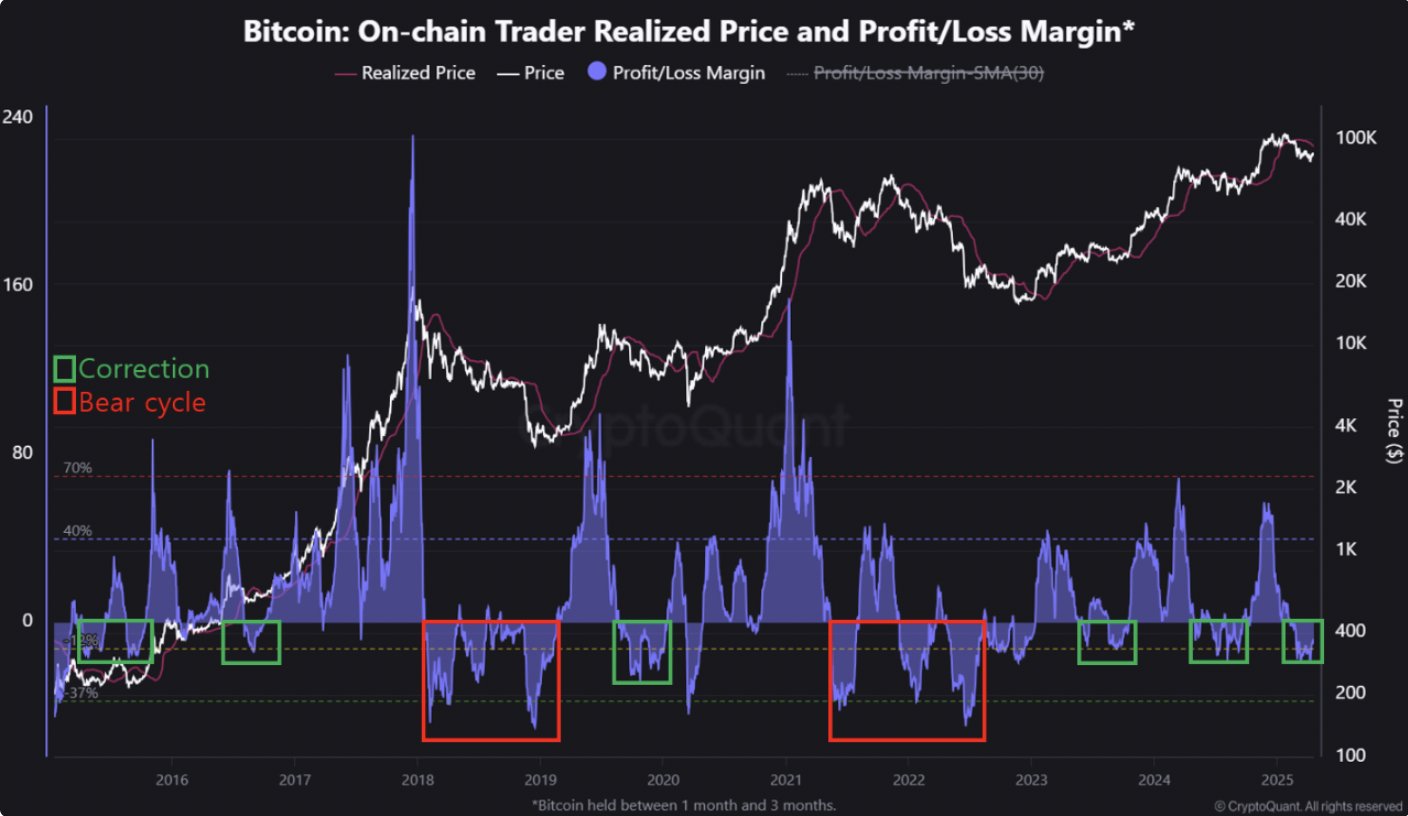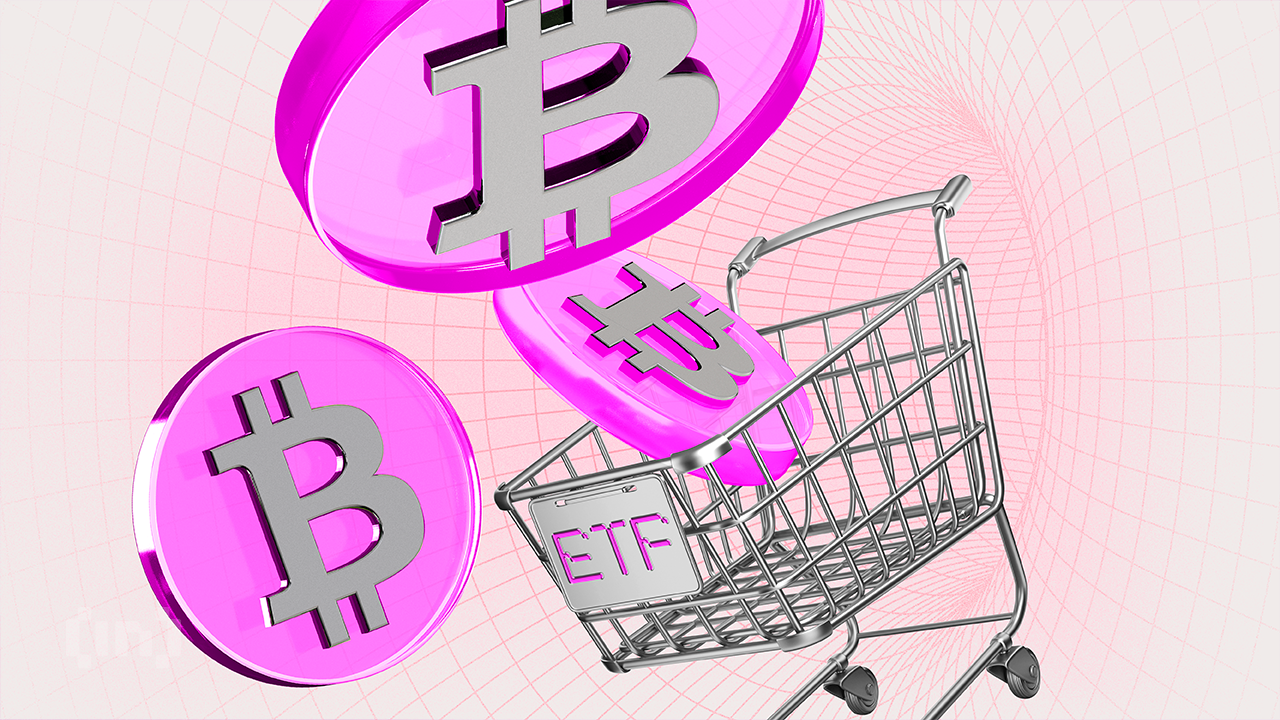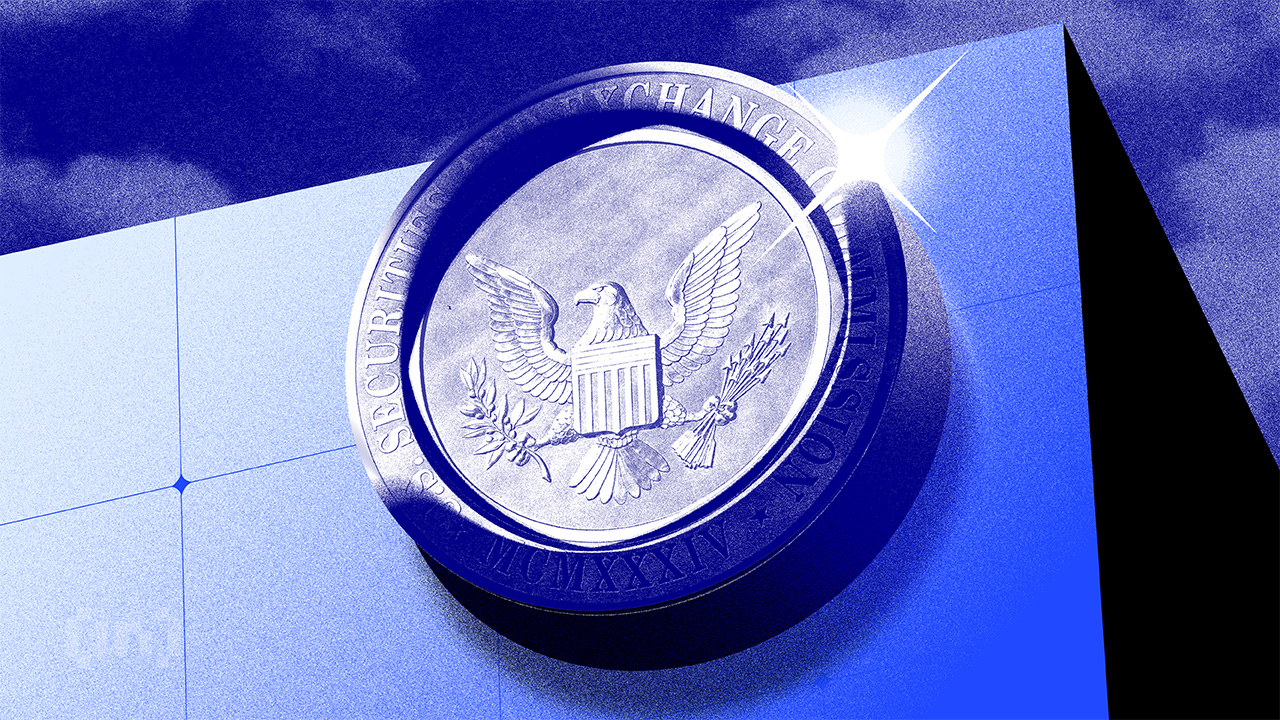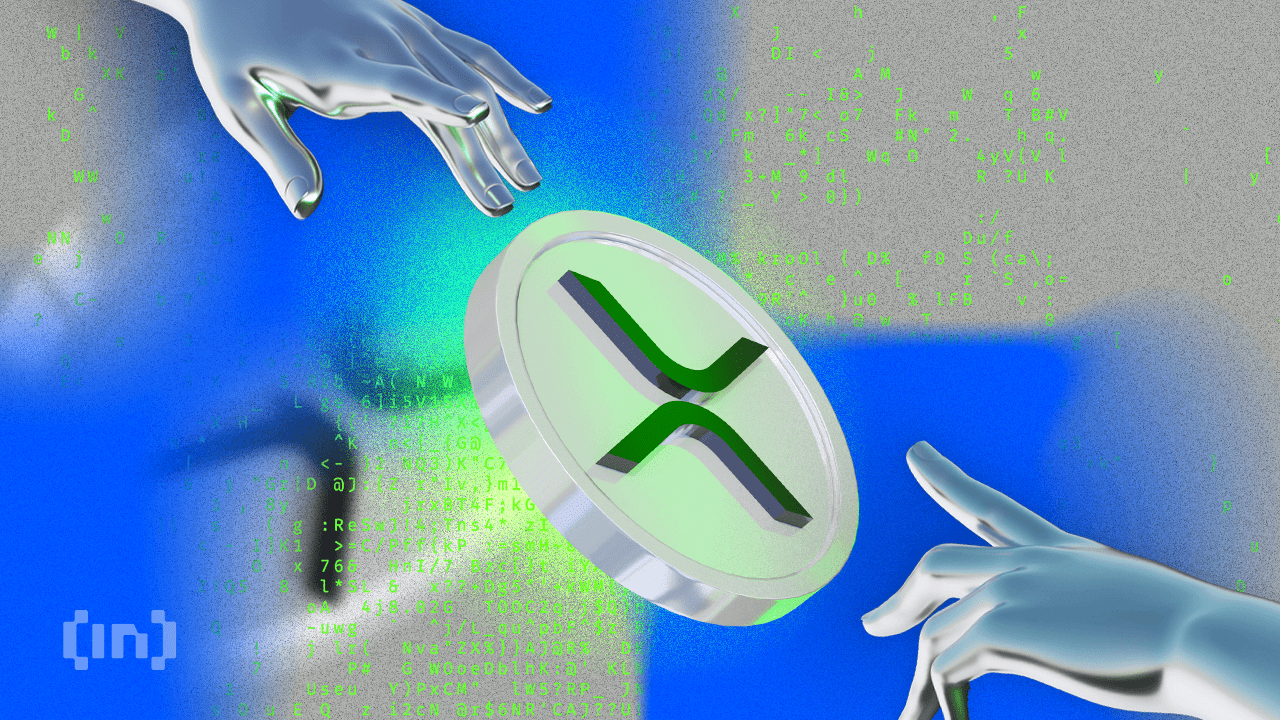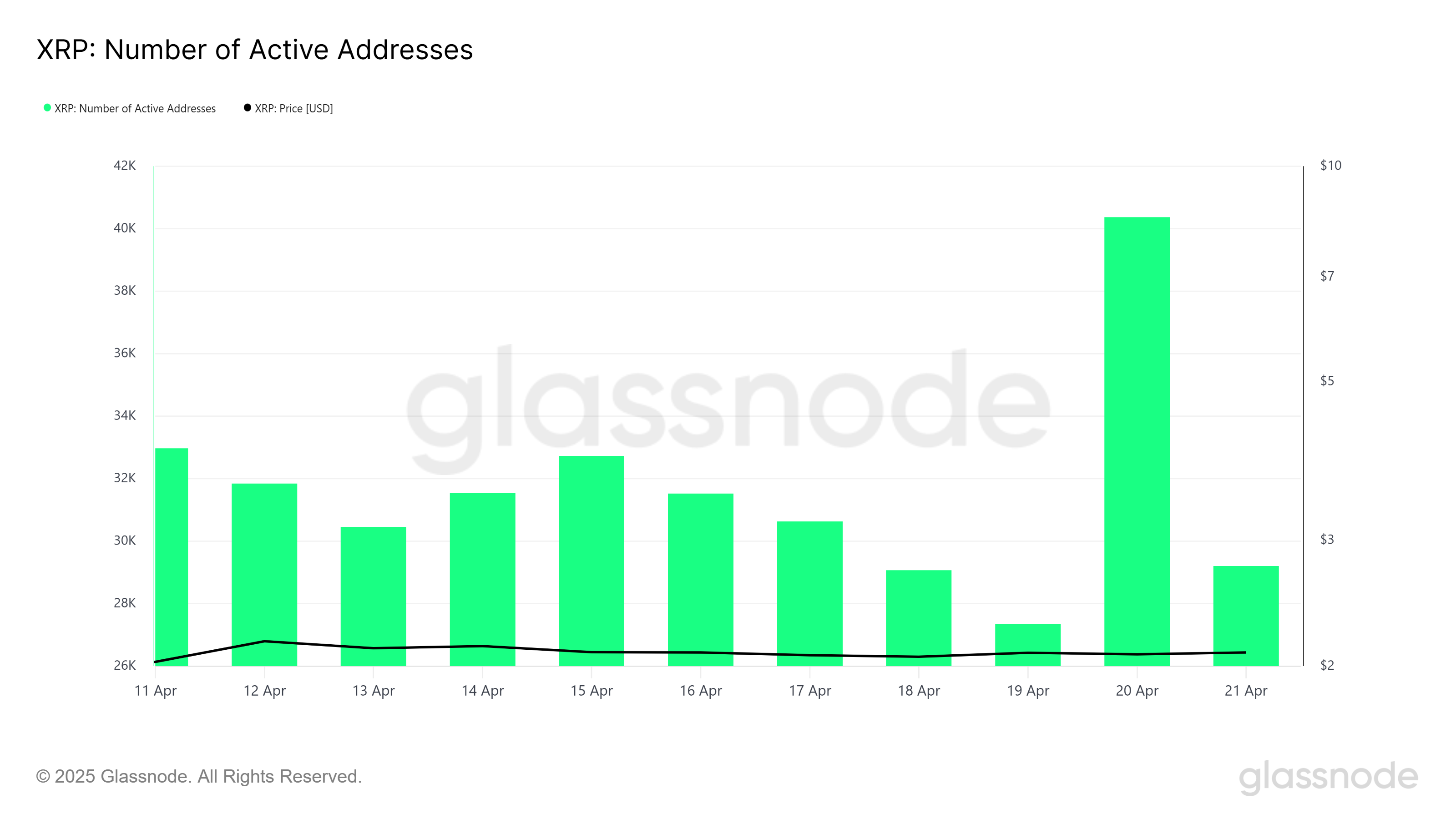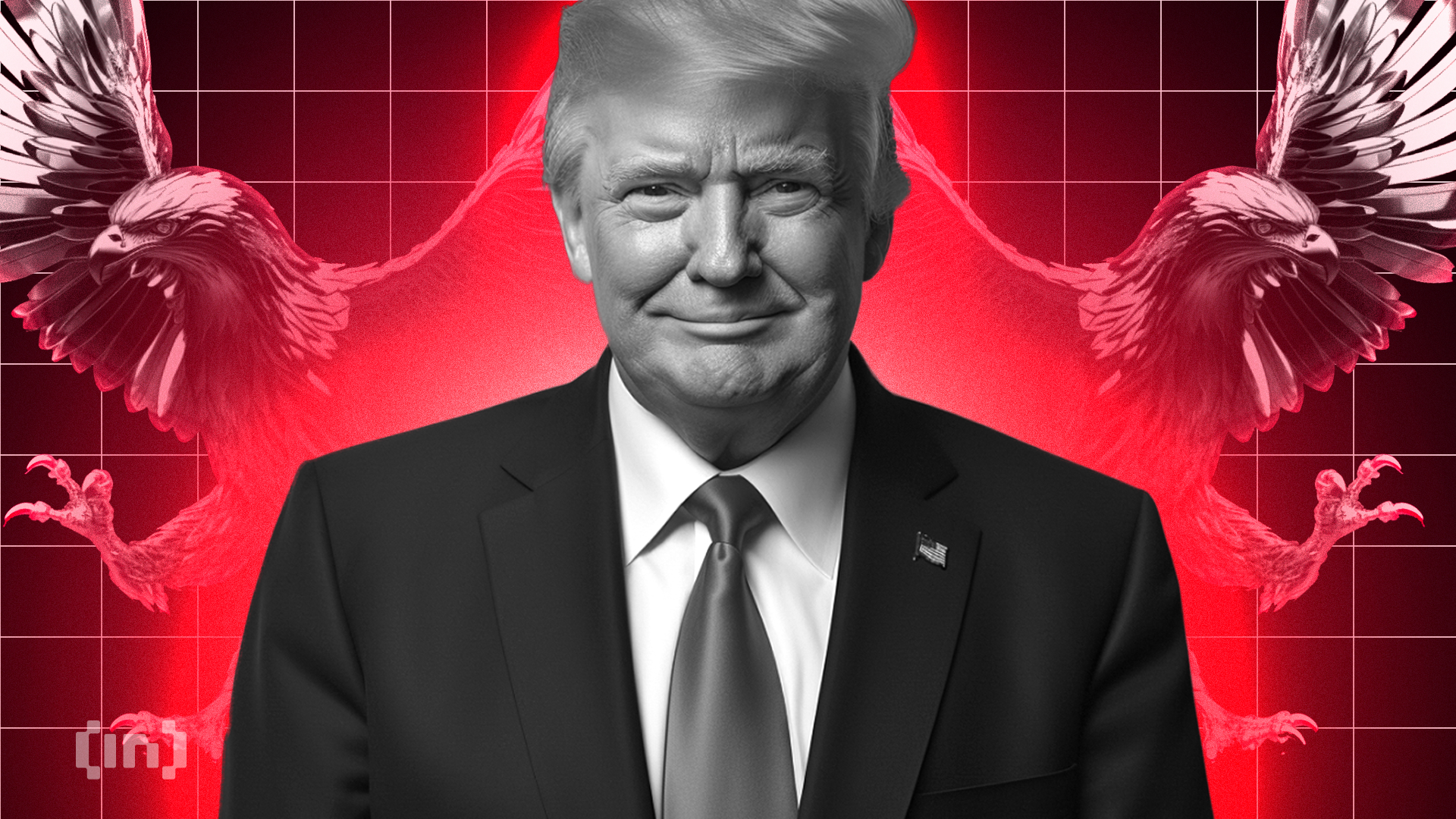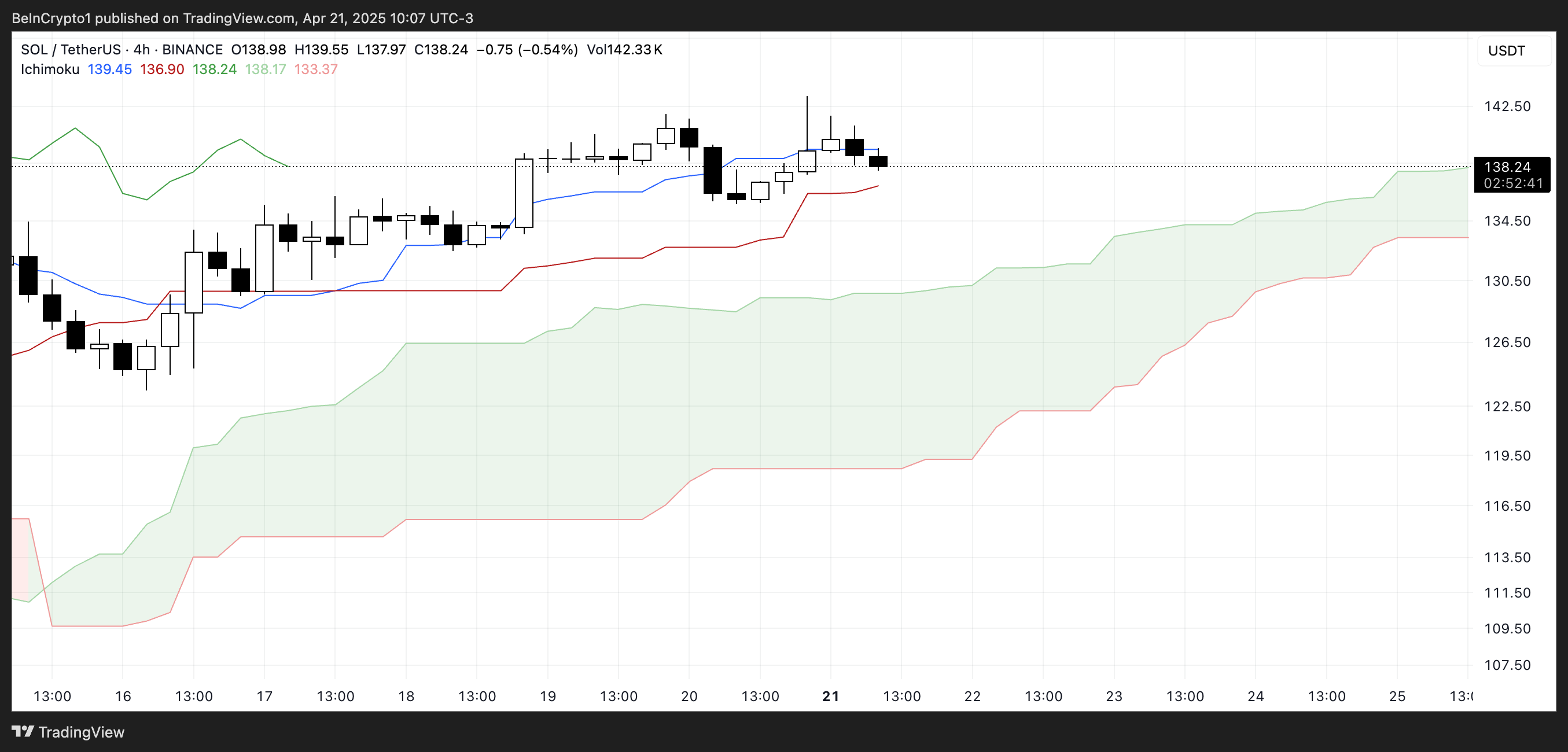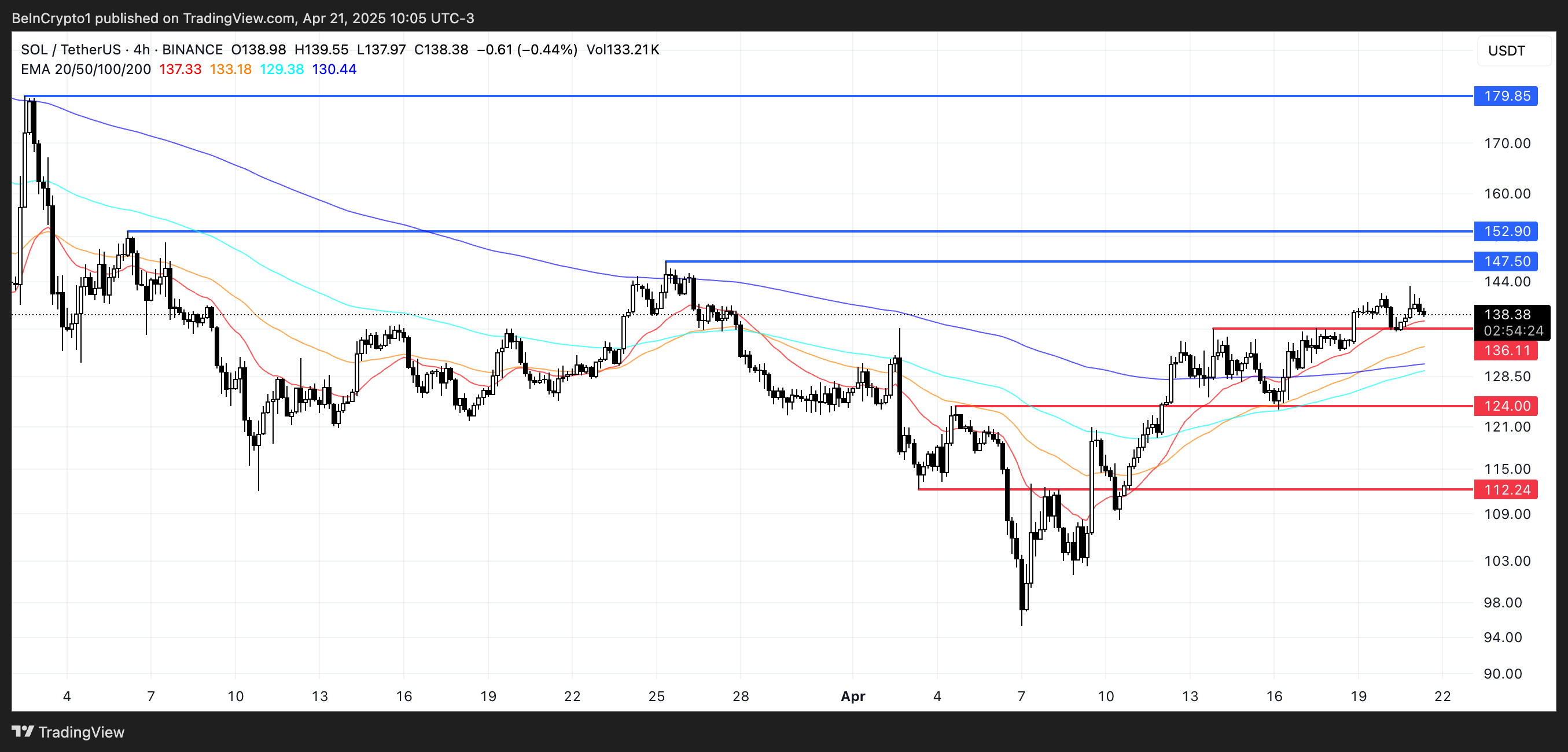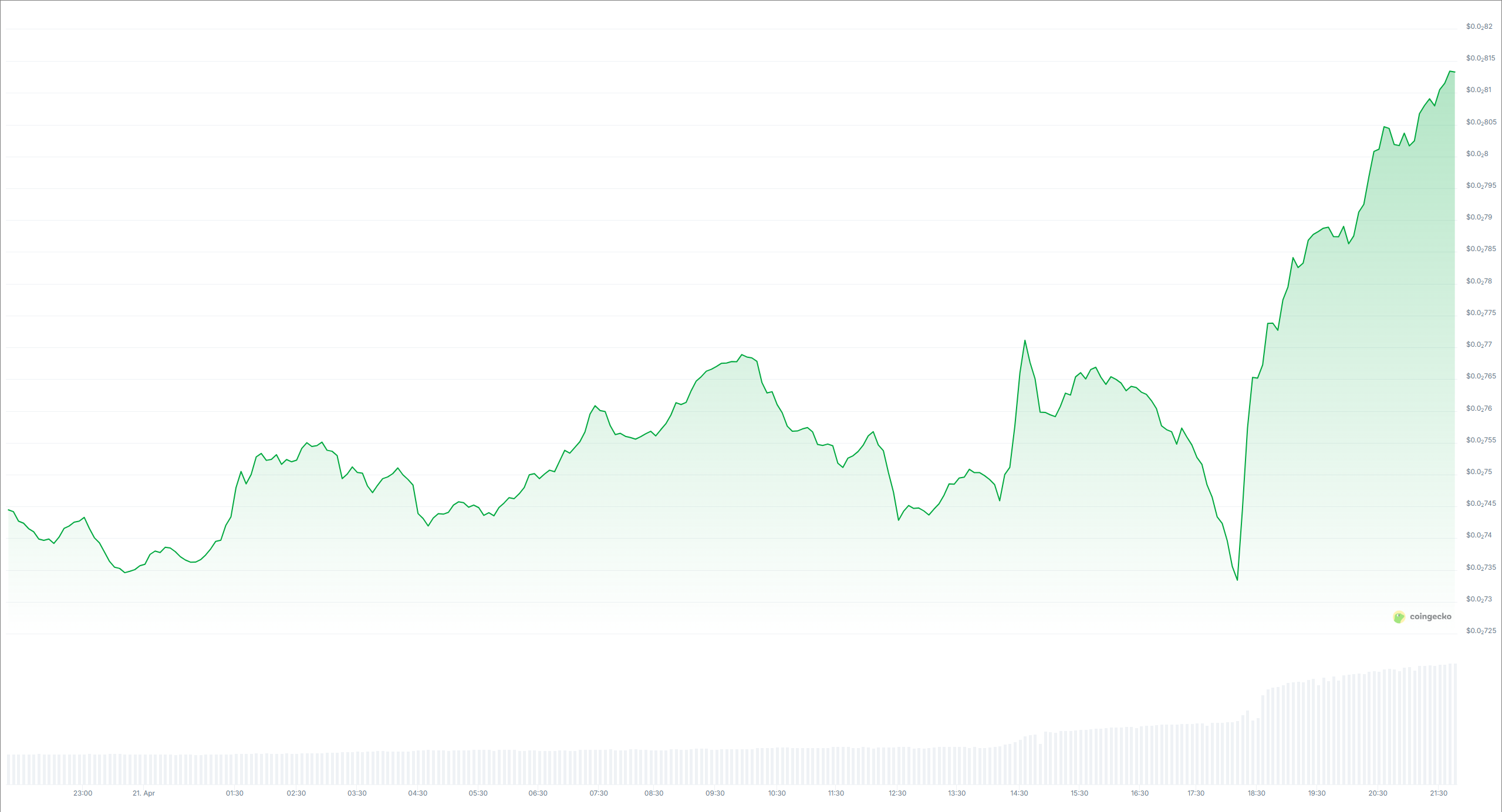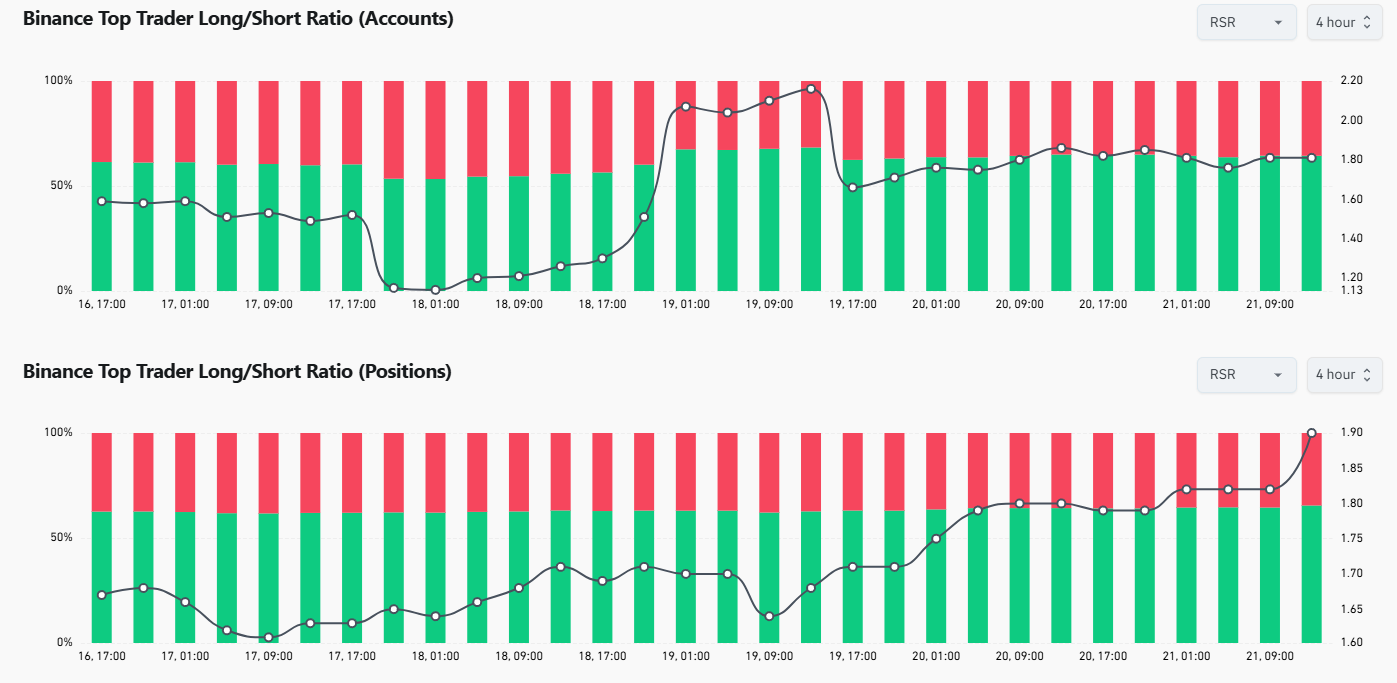Top 3 Bittensor Subnet Ecosystem Tokens to Watch
Bittensor’s (TAO) subnet ecosystem continues to capture attention with its impressive performance amidst broader market volatility. The market cap has shown substantial growth. Additionally, the total number of subnets has increased threefold over the past year. At present, there are 95 subnets on the network.
Interestingly, the top three subnet tokens—Chutes (SN 64), Gradients (SN 56), and Targon (SN 4)—have posted strong monthly gains. While the momentum has slowed recently, the tokens’ fundamentals and community support remain important factors for consideration.
Chutes
Chutes is a serverless AI compute subnet on Bittensor. The platform offers tools for deploying AI models directly through their platform or via an API, making it simple for developers to integrate AI into their applications without needing to manage the underlying infrastructure.
In terms of performance, the token’s price has increased by approximately 170% over the past month. Since late March, the subnet token has seen a substantial rally, driving its market capitalization to surpass $100 million.
“Bittensor TAO has its first $100 million subnet, just 9 weeks after dTAO launch. Congrats Chutes (SN64)! Chutes is ‘serverless AI’ providing ‘instant on’ AI model hosting (DeepSeek, Mistral, etc.) for 85% less cost than AWS,” a user highlighted on X.
Nonetheless, the high was followed by a slight correction. Since mid-April, the token has been trading more steadily. At press time, it traded at $115.4 (0.35 TAO), representing a weekly decline of 12.1%. In addition, its market cap has also dipped to $93.7 million.

It is worth noting that Chutes is one of three subnets developed by Rayon Labs on Bittensor, alongside Gradients and Nineteen. The former is next on the list.
Gradients
The Gradients subnet is designed to make AI model training accessible to everyone. It leverages the Bittensor network’s decentralized infrastructure, allowing users to easily train AI models with minimal effort, even without prior AI knowledge. Its latest version (V3) was launched on April 15.
Impressively, its gains even surpass Chutes. Its price has appreciated by over 550% in the last month.
“Gradients has pumped 500%+ in just a couple of weeks,” an analyst observed on April 2.
Yet, much like Chutes, the subnet token also saw a correction, which caused it to shed 30.7% of its gains over the past week. At press time, Gradients’ trading price stood at $54.1 (0.16 TAO).

Despite this, the community’s optimism remains quite strong.
“Subnets created by Rayon Labs now account for over a quarter of emissions on Bittensor. This is what happens when a world class team builds with conviction and actually delivers. The network rewards those shipping real products and bringing real value,” the analyst added.
Targon
Lastly, the Targon subnet is a decentralized infrastructure within the Bittensor network, specifically designed to support a marketplace for digital commodities related to AI. As a decentralized system, Targon enables AI models to interact, process, and generate information across various data types and formats without relying on a centralized authority.
This infrastructure enhances AI’s ability to understand context and relationships in data, leading to more effective and efficient human-AI interactions.
“Targon stands out as one of the strongest subnets in the ecosystem,” a user claimed.
Nevertheless, the subnet token has seen the smallest gains compared to its counterparts. Its value has appreciated by around 60% over the course of the last month. It faced a correction in early April. After a slight recovery, the declines resumed.

At press time, the token’s price was $52.4 (0.15 TAO), a downtick of 19.3% over the past seven days.
As more developers and businesses explore decentralized AI solutions, Bittensor’s ecosystem is likely to expand. The ongoing evolution of these subnets will be crucial in shaping the future of AI infrastructure, and monitoring future developments could likely reveal new opportunities within the decentralized AI market.
The post Top 3 Bittensor Subnet Ecosystem Tokens to Watch appeared first on BeInCrypto.




